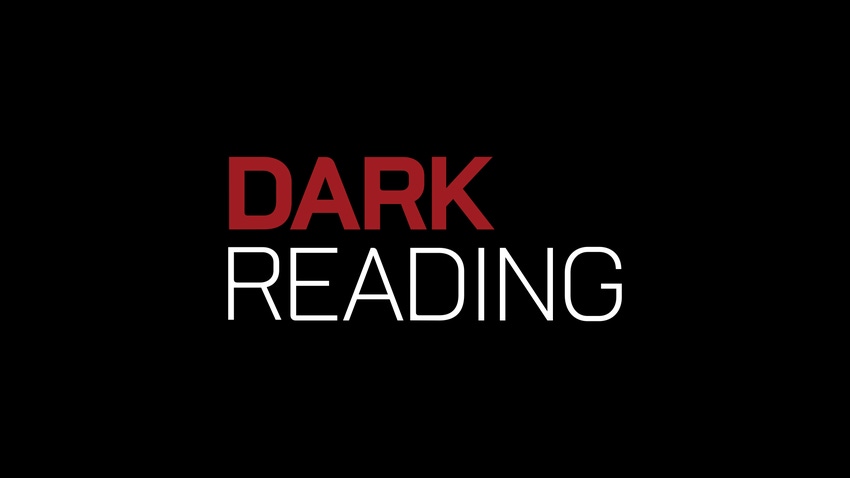Big Challenges Ahead
Late last week, the National Academy of Engineering issued a list of the <a href="http://www.engineeringchallenges.org/cms/8996/9221.aspx">biggest technical challenges of the 21st century</a>, some real thorny knots like reverse-engineer the human brain and prevent nuclear terrorism.
February 20, 2008

Late last week, the National Academy of Engineering issued a list of the biggest technical challenges of the 21st century, some real thorny knots like reverse-engineer the human brain and prevent nuclear terrorism.
It got me wondering how the some of brightest minds in storage might answer the same question. So I asked them.My query went out to a completely unscientific cross-section of enterprise customers, storage industry analysts, and a few vendors whose opinions can be trusted to rise above the din of their marketing departments. I'll share their responses with you later this week.
I don't expect their responses to be as altruistic as those from the thinkers of big thoughts assembled by the NAE at the request of the National Science Foundation.
Here's the NAE's list of our century's greatest technical challenges:
--Make solar energy economical --Provide energy from fusion --Develop carbon sequestration methods --Manage the nitrogen cycle --Engineer better medicines --Reverse-engineer the brain --Prevent nuclear terror --Secure cyberspace --Enhance virtual reality
Broadly speaking, these challenges fell into four broad categories that "are essential for humanity to flourish," according to this report: sustainability, health, reducing vulnerability, and joy of living.
Here are my best guesses as to the major headings under which the storage industry's responses will fall:
--Reduced complexity, from both physical infrastructure and network management perspectives.
--Richer interoperability, with standards or specs that go well beyond the simplistic SMI-S, which has had no discernible effect on pricing or the ability to build multivendor storage networks.
--Greater automation, whether it's formatting and/or ganging together newly needed LUNs, improving the time required for backups or disaster recoveries, or managing usage policies that don't require advanced degrees in programming.
So there might be some reduced vulnerability and joy of living in there after all. In any case, check back here Friday for a distillation of the challenges that need to be addressed for storage to flourish.
Read more about:
2008About the Author(s)
You May Also Like
Is AI Identifying Threats to Your Network?
May 14, 2024Where and Why Threat Intelligence Makes Sense for Your Enterprise Security Strategy
May 15, 2024Safeguarding Political Campaigns: Defending Against Mass Phishing Attacks
May 16, 2024Why Effective Asset Management is Critical to Enterprise Cybersecurity
May 21, 2024Finding Your Way on the Path to Zero Trust
May 22, 2024
Black Hat USA - August 3-8 - Learn More
August 3, 2024Cybersecurity's Hottest New Technologies: What You Need To Know
March 21, 2024




